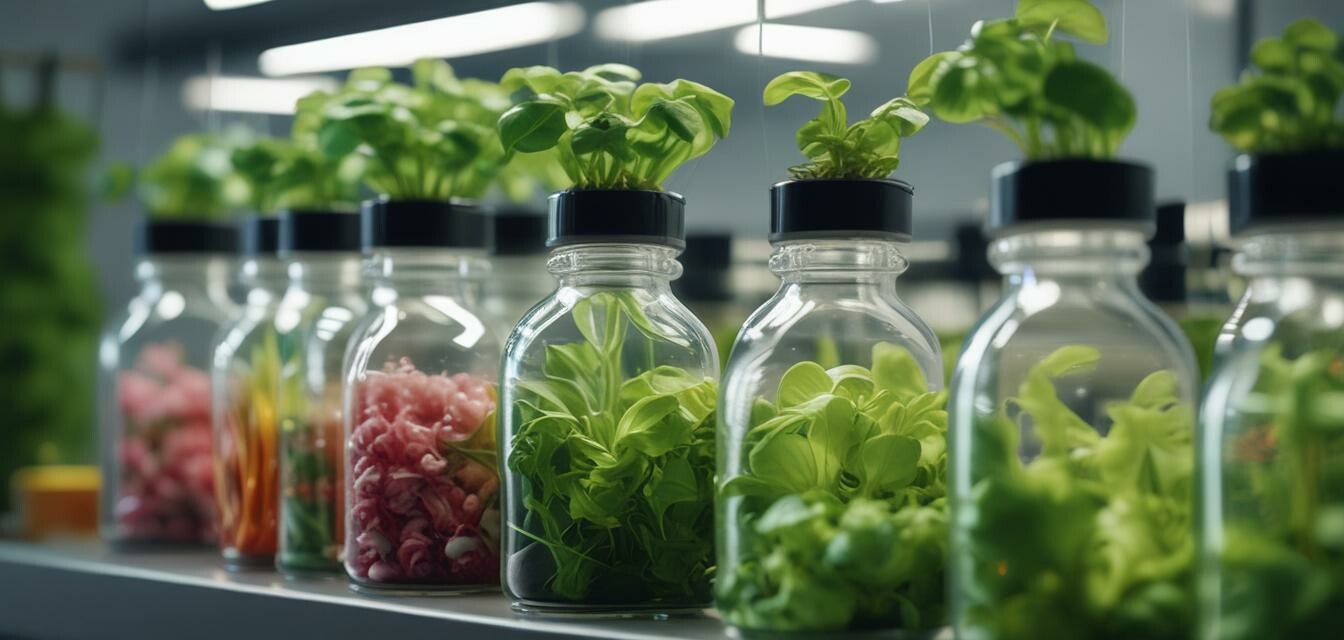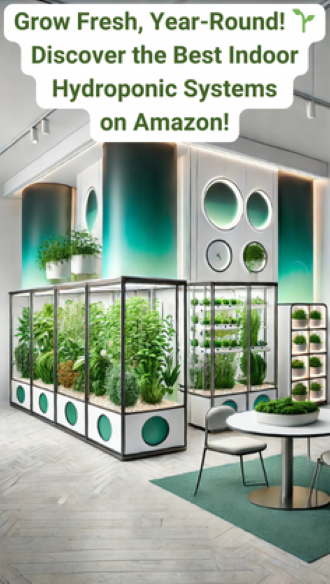
DIY Nutrient Solutions for Hydroponic Beginners
Key Takeaways
- Creating DIY nutrient solutions is essential for healthy plant growth.
- Understanding macronutrients and micronutrients is crucial.
- Proper mixing and pH levels are key for optimal results.
- Regular monitoring prevents nutrient deficiencies.
- Explore various resource guides and tools for efficient nutrient management.
Hydroponics presents a unique opportunity for urban gardeners, apartment dwellers, and home growers to enjoy fresh produce right from their homes. One of the most critical aspects of successful hydroponic gardening is understanding how to create DIY nutrient solutions that support plant growth. This beginner-friendly guide will walk you through the fundamentals of crafting your own nutrient solutions, ensuring your plants thrive.
Understanding Nutrients in Hydroponics
Nutrient management is the cornerstone of a successful hydroponic system. Plants require a variety of nutrients, divided into two main categories: macronutrients and micronutrients.
| Nutrient Type | Nutrients | Role in Plant Growth |
|---|---|---|
| Macronutrients | Nitrogen (N), Phosphorus (P), Potassium (K), Calcium (Ca), Magnesium (Mg), Sulfur (S) | Pivotal for growth, development, and overall plant health. |
| Micronutrients | Iron (Fe), Manganese (Mn), Boron (B), Zinc (Zn), Copper (Cu), Molybdenum (Mo) | Required in smaller quantities but critical for various physiological functions. |
Formulating Your DIY Nutrient Solutions
Creating your own nutrient solution can seem daunting, but breaking it down into manageable steps makes the process much easier. Here's how you can formulate your own solutions:
Step 1: Gather Ingredients
- Water (preferably distilled or reverse osmosis water)
- Hydroponic fertilizers with N-P-K ratios
- Micronutrient mix (available at hydroponic supply stores)
- pH test kit or pH meter
- pH adjusters (like phosphoric acid or potassium hydroxide)
Step 2: Create Base Nutrient Mix
Start by mixing your macronutrient fertilizers. A typical ratio for beginners can be:
- N-P-K ratio of 3-1-2 or 4-2-1 depending on the type of plants you are growing.
Step 3: Add Micronutrients
Add a balanced micronutrient mix according to the manufacturer’s instructions. Micronutrients are essential for preventing deficiencies that can impact plant health.
Step 4: Adjust pH
Once your solution is mixed, check the pH level:
- Target pH range: 5.5 to 6.5 for most hydroponic systems.
- If the pH is too high, add a few drops of phosphoric acid. If it's too low, add potassium hydroxide.
Step 5: Monitor Regularly
Monitoring the nutrient levels and pH in your hydroponic system is crucial. Regular checks will help you maintain the right balance, preventing potential deficiencies.
Nutrient Deficiencies and Symptoms
Identifying nutrient deficiencies can save your plants from dying. Below is a table of common deficiencies and their symptoms:
| Nutrient Deficiency | Symptoms |
|---|---|
| Nitrogen | Yellowing of older leaves, stunted growth. |
| Phosphorus | Purple discoloration on leaves, poor root development. |
| Potassium | Brown spots on leaf edges, poor fruit quality. |
| Iron | Chlorosis (yellowing) between veins of young leaves. |
Useful Resources for Hydroponic Nutrient Management
To deepen your understanding, consider exploring the following links:
- Books and guides on hydroponics
- Nutrient management strategies
- Environmental control equipment
- Nutrient and additive solutions
- Buying guides for hydroponic systems
Conclusion
Creating DIY nutrient solutions for hydroponics is essential for nurturing healthy plants. By understanding the necessary nutrients and how to craft effective solutions, you can enjoy the delights of indoor gardening. Remember to monitor your plants regularly and adjust the nutrient solutions as required. Happy growing!
Pros
- Cost-effective compared to store-bought nutrient solutions.
- Customized mix to cater to specific plant needs.
- Improves understanding of plant growth and nutrient requirements.
Cons
- Requires detailed knowledge about plant nutrition.
- Initial setup can be time-consuming.
- Potential for incorrect mixing leading to nutrient imbalance.
Tips for Beginners
- Start with a simple premixed fertilizer before moving to DIY solutions.
- Consult with experienced hydroponic gardeners for advice.
- Keep a journal of your nutrient mixes and plant responses.
- Experiment with small quantities to refine your formulas.
